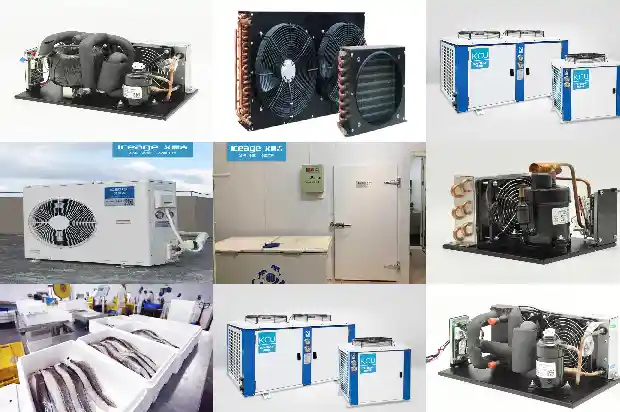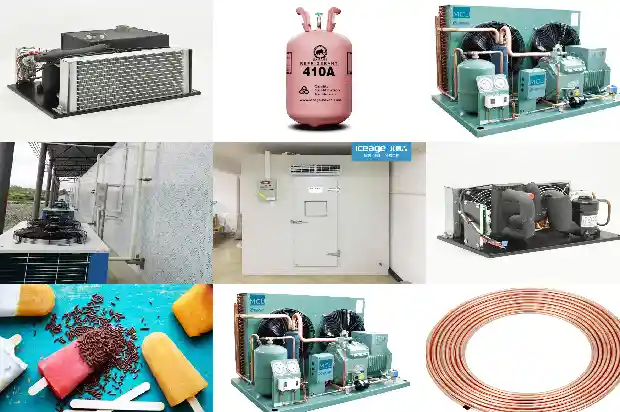What Exactly Are the Ten Typical Malfunctions of Air Conditioners?
2025-02-17
- There is often a sound of water flowing or boiling.
This is the sound of the refrigerant flowing inside the air conditioner, which may also be heard even when the air conditioner stops operating.
- There is often a "whoosh" sound. This is the switching sound when the flowing direction of the refrigerant inside the air conditioner changes.
- When starting or stopping operation, there is a "click" sound from the outdoor unit. This is the sound when the reversing valve opens or closes.
- During cooling operation or induction dehumidification operation, the blown - out air is in a foggy state. This is because the hot air in the room forms this state when blown by cold air.
- An unpleasant odor is blown out from the air conditioner. This is because various odors in the air (such as cigarette smoke, cosmetics, food, etc.) adhere to the filter without special functions and are then blown out.
- The operating sound of the outdoor unit of an inverter air conditioner changes. This is because the compressor changes its rotation speed according to the change of room temperature.
- During defrosting, steam is emitted from the outdoor unit. This is generated by the melting and evaporation of the frost attached to the heat exchanger of the outdoor unit.
- Even when pressing "operation/stop", the air conditioner still runs.
This is due to the automatic fresh defrosting (when the heating operation stops, the micro - computer device in the unit detects a considerable amount of frost on the outdoor unit and issues a defrosting command for necessary automatic removal).
- There is a small "tick - tock" sound from the indoor unit. This is either because of the change in the rotation speed of the fan motor of the indoor unit or due to the sound generated by the air conditioner itself when it expands and contracts thermally as a result of temperature changes.
- The operation light turns on - flashes - turns on. This is due to the protection circuit and pre - heating sensor during the pre - heating process from stop to operation and when switching from cooling operation to heating operation.
Related Articles
- What to Do When a Refrigeration Unit Malfunctions?
- Common Malfunctions in the Operation of Cold Storage
- Influence of Fin Spacing of Evaporator in Air Cooler on Frost Formation
- Air - side Economizer
- Winter Approaches: How to Solve the Low High - pressure Issue of Air - cooled Condensing Units?
- What Are the Common Causes of Cold Air Blower Noise?
- How to Troubleshoot and Repair High - pressure Protection of Air - cooled Units?
- What Misconceptions Should Be Avoided in Low - temperature Refrigeration System Repairs
- Practical Knowledge on Freeze Protection of Air - conditioning Equipment
- Remember! 3 Steps to Calculate Central Air - conditioner Cooling Capacity
- How to Read the High - and Low - Pressure Gauges of Refrigeration Air - conditioners?
- Analysis of Seven Reasons for Ice Formation in Computer Room Air Conditioners
- Air - conditioner Low - pressure Alarm? These Nine Common Causes
- Selection of Bypass Control Valves for Air - conditioning Water Systems
- Common Faults and Solutions of Central Air - conditioning Chiller Units
- Could a Tiny Copper Tube Cause a Multi - split Air Conditioner to Stop Cooling? Refrigeration Workers Must Pay Attention!
- Maintenance Techniques for Air - conditioning Refrigeration Systems
- Considerations in Selecting Packaged Air Conditioners and Their Heat Recovery Operations
